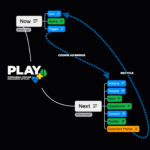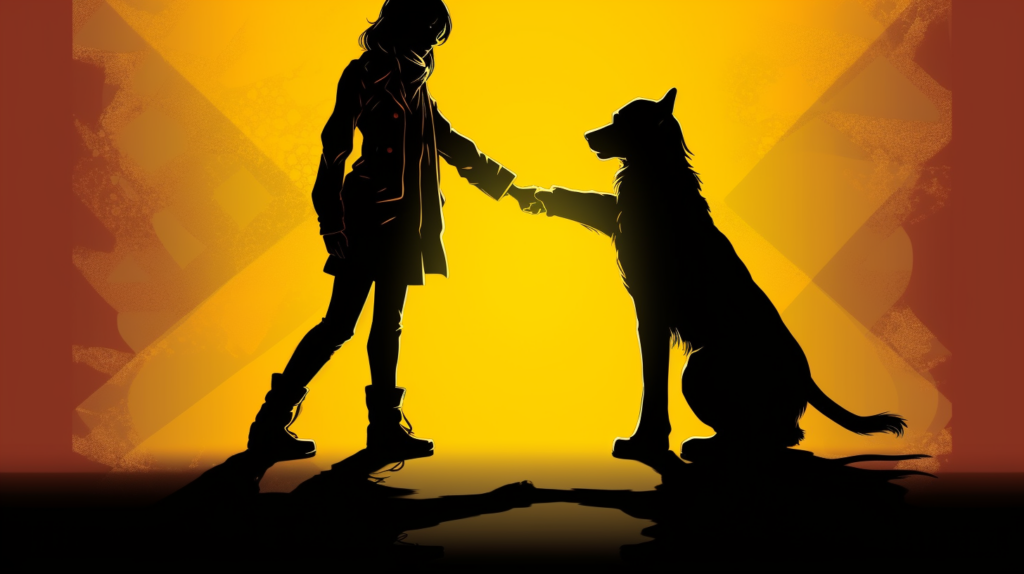Satisfaction of the Process in Play+
In the Play+ philosophy, “Satisfaction of the Process” refers to the fulfillment derived from successful participation and completion of the training cycle. This satisfaction is not solely about achieving specific objectives or goals, but rather it’s about the engagement, active participation, and the sense of progress experienced during the Play+ cycle.
In this context, satisfaction is a multi-faceted concept. It includes:
- The handler’s satisfaction, which is derived from the successful management and guidance of the dog through the training process, as well as from the dog’s positive response and progression.
- The dog’s satisfaction, which arises from engagement in stimulating activities, the sense of achievement from learned skills, and the positive emotional state induced by the harmonized SEEKING and PLAY systems.
- The collective satisfaction of the Dog | Handler | Team nexus, resulting from the successful interaction, communication, and cooperation within the team during the training process.
Satisfaction in the Play+ approach is achieved when the training process leads to a harmonious balance between challenge and skill, aligns with the subjective aims of both the dog and handler, and fosters a positive, enjoyable, and productive training environment.
A Full Cycle Including Now The Now Phase is an integral part of the Play Cycle in the Play+ training philosophy. It embodies the current, immediate interaction between the handler and the dog, anchoring them in the present... More & Next"Next" encapsulates the dog's anticipation of a forthcoming reward, sparking motivation and excitement. This expectancy creates a driving force that propels the dog through training, forming a continuous loop of engagement. When "Next"... More in Play+
The Now Phase is an integral part of the Play Cycle in the Play+ training philosophy. It embodies the current, immediate interaction between the handler and the dog, anchoring them in the present... More & Next"Next" encapsulates the dog's anticipation of a forthcoming reward, sparking motivation and excitement. This expectancy creates a driving force that propels the dog through training, forming a continuous loop of engagement. When "Next"... More in Play+
The Play+ cycle involves a continuous flow between two phases: Now and Next. These phases guide the rhythm and pace of the training session, promoting engagement, flow, and satisfaction of the process.
- Now Phase: This phase starts with a cue from the handler, followed by a moment of constructive aporia where the dog is loaded with anticipation and expectancy. The phase ends with the trigger, which initiates the action.
- Next Phase: This phase begins with the action, where the dog executes the desired behavior or task. The handler then prepares for the next cue in a neutral fashion, while the dog finishes the action and releases from the trick, catch, or cookie eating. The handler reads this release, and a consequent or harmonic connection is established to reconnect the handler and the dog. This connection is funneled into the position for the next cue, followed by a moment of reflective aporia before transitioning back into the Now phase.
Throughout this cycle, the handler manages the balance between the SEEKING and PLAY systems, maintaining a harmonious rhythm that optimizes engagement, learning, and satisfaction. The cycle is not strictly linear but is flexible and adaptable to the dog’s responses, the handler’s aims, and the dynamics of the training situation.
In the Play+ philosophy, a successful cycle is one that enhances the dog’s skills, fosters positive emotional states, and contributes to the satisfaction of the process for both the dog and the handler. It is through the continuous and thoughtful repetition of these cycles that effective and enjoyable dog training is achieved.




